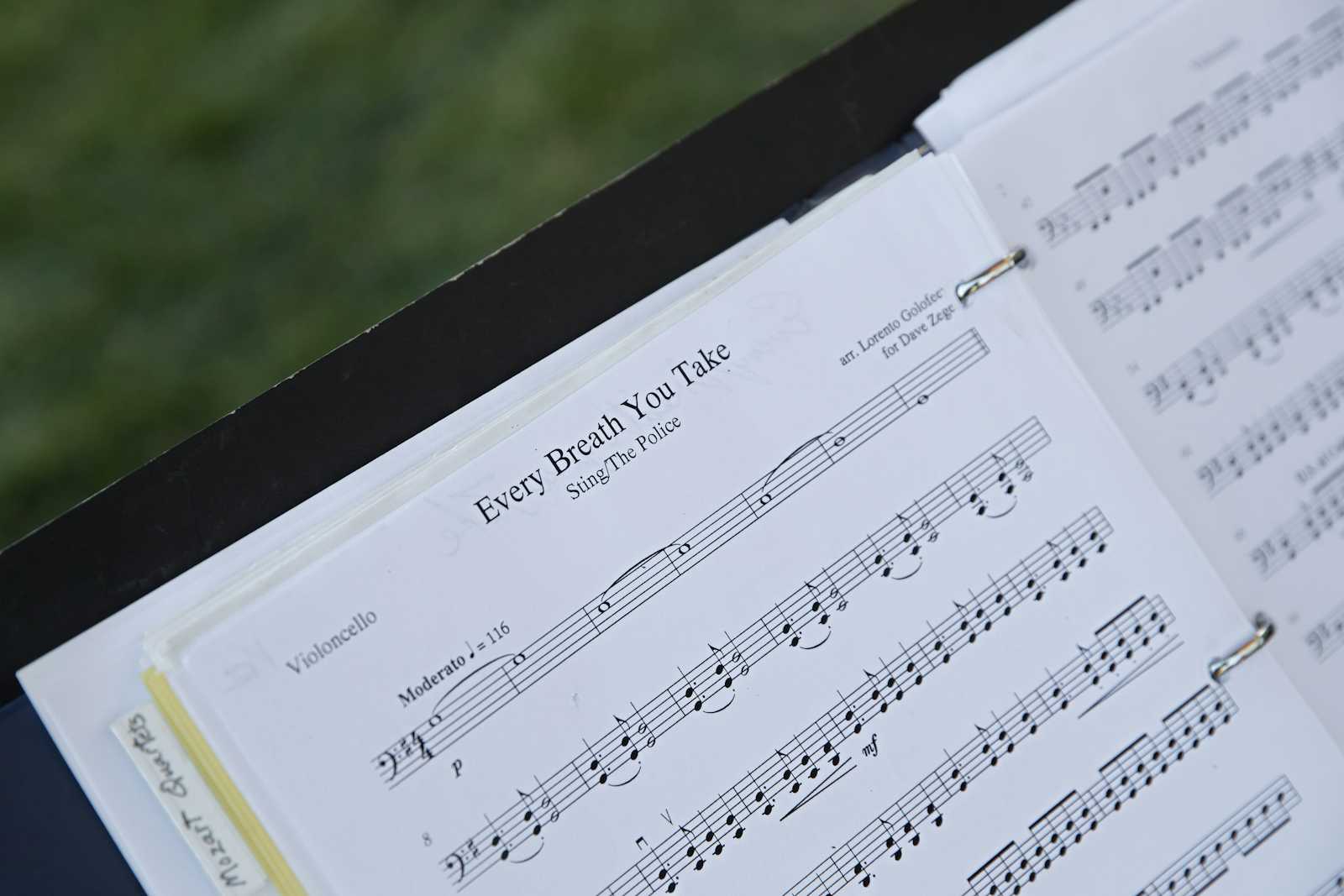Tips on How to Read Piano Notes on Sheet Music
 Mariia Horobchenko
Mariia Horobchenko
At first, you'll have to count to figure out exactly what note it is. This is a natural stage for beginners, even though it often feels strange or boring. You definitely shouldn't try to memorize all the notes on the music staff at once! Over time, the notes will be memorized on their own, just like letters in a language. However, there are still ways to speed up or simplify your reading in the early stages of your learning!
The main tip is to PLAY. Practicing from sheet music is the best way to develop your note reading. The more you play, the faster you will learn the notes. It's important to choose the right repertoire so that the material is manageable.
Learn the order of the notes. Most people have known the order “do-re-mi-fa-so-la-ti '' since childhood, but it's not always convenient to count, for example, from “do” to “la” up to 6 notes. It is often more convenient to take 2 steps back: “do-si-la”. To do this, I recommend memorizing the reverse order of the notes: “do-si-la-so-fa-mi-re-do”. This will make finding some notes much faster and more convenient!
Memorize a few notes in the violin and bass clefs as “anchor points” from which you can find the notes faster. The more such points you have, the better!
Pay attention to the movement of the melody. Is it moving up or down? Are the notes next to each other or are there jumps across notes? You will notice this faster than counting each note individually. For example, if both notes are written on adjacent rulers, they are one note apart. You don't have to count each of these notes - you just play the second one through the key!
Choose the repertoire you like! What could be better than playing your favorite song at the beginning of piano lessons? Also, playing something familiar is very motivating and allows you to see the result right away - what you've heard before can now be played with your fingers!
However, an important point here is that you should choose simple material that is within your reach. A complicated and boring analysis is demotivating.
Match the durations to each other. In some simple rhythms, you don't have to count all the durations. Often you can simply match them to each other: if you play a half note in a piece, the quarter note should sound half as long, and the whole note should be played twice as long.
Online simulators. The notes will gradually be memorized with practice playing different pieces, but you still need to give this process a boost. Online note detection simulators will help you with this. You can find plenty of them in the public domain! Often, these simulators are made in the format of a game that is exciting and will definitely not let you get bored.
Common Mistakes in Learning Sheet Music
When working with music notation, try to avoid the most common mistakes below, which will make it difficult to read and learn music:
Label each note. It's okay to annotate notes in the sheet music, but avoid labeling every single note.This way, the skill of reading music will develop very slowly, as the brain will not have to recognize and distinguish between notes. You can label notes that are difficult to read or sounds that will help you recognize notes later. I understand that sometimes it is not interesting and seems difficult, but give yourself time to get used to it!
Do not pay attention to the key. It is a common situation for a musician to have a piece of music taken apart and find a bass clef in their right hand, not a treble clef... Indeed, in most pieces, the right hand is the treble clef and the left hand is the bass clef, but this is not always the case. So be sure to check carefully which key you are playing!
Try to play at a fast tempo. The key to good piano playing is to play at a slow tempo. Especially when you're just learning a piece, you shouldn't make it difficult for yourself by going at a fast tempo. This leaves little time to think, count notes, or find the correct keys. I know, you often want to play right away, just like in the original! However, slow down at the beginning, and leave the fast tempo for when the text is fixed!
Choose a difficult repertoire at the beginning. More complex pieces require much more time and effort to analyze. And even when the text is analyzed, there is not always enough physical data and technique to bring the piece to good condition. This can often be demotivating, so it's better to choose something more accessible at the beginning. A quick result is what motivates the best!
In conclusion, just like when we learn a foreign language, music notes need to be practiced all the time. Even reading what seems to be the simplest music text will help you read piano notes on sheet music. So give yourself time and enjoy learning a new language!
Subscribe to my newsletter
Read articles from Mariia Horobchenko directly inside your inbox. Subscribe to the newsletter, and don't miss out.
Written by
